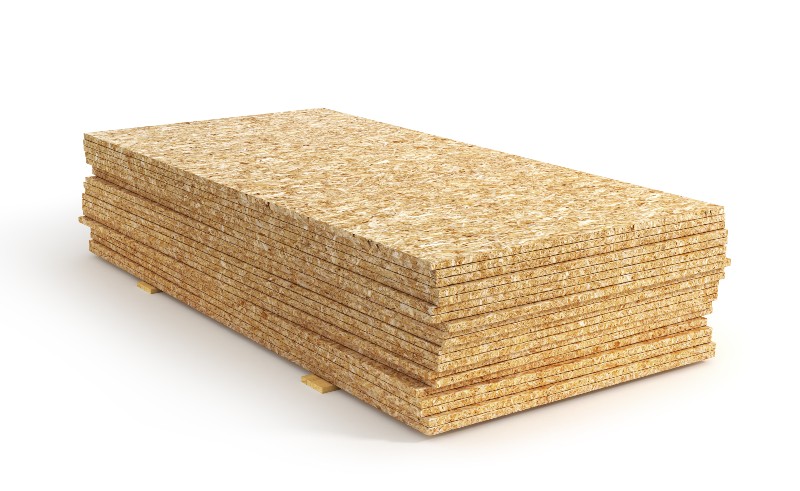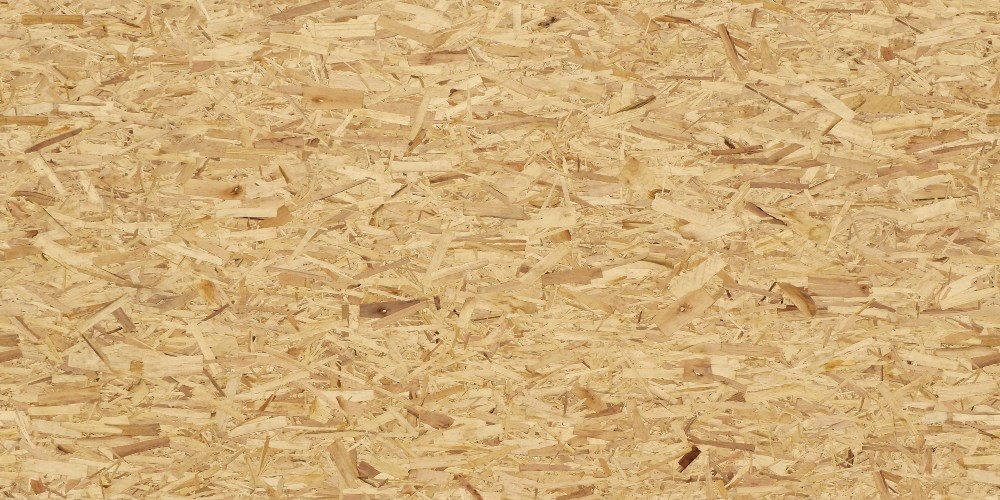Roof sheathing is a critical part of a roofing system. Also known as roof decking, this surface provides fundamental structural support. Without it, your roof wouldn’t function properly. With it, your roof can last decades. With that said, different materials perform better than others. Read on to learn how material options have changed over the years and find out which is the best choice for modern homes.
Concrete Sheathing
Roofing contractors use this kind of sheathing when there is a need for high levels of strong support for a roof. It’s also useful when fireproofing is a particularly strong consideration. Concrete sheathing is also becoming a major component of green, eco-friendly buildings. It is usually poured into several forms or set in precast boards. When poured, concrete sheathing is reinforced with bars. Concrete sheathing is regarded as low maintenance because it is relatively easy to clean. It’s also useful for roofs in windy conditions since it holds up very well to harsh weather.
Oriented Strand Board Decks (OSB)
Oriented strand board decks have quickly become a preferred option for modern roof sheathing. This is largely because the product is very durable and less expensive than many other sheathing options.
OSB has been around for more than half a century. These days, more than half of all new home construction in the U.S. includes OSB decking. The synthetic material is made of tiny fragments of wood. Each fragment is bound together by a special resin adhesive. When properly installed, OSB provides good sturdiness, strength and uniformity at an affordable price. This is one of the reasons it’s so widely used throughout the industry.

Plywood
Another popular type of roof sheathing, plywood is similar to OSB in that it is also composed of several strips of intertwined wood. The numerous sheets add thickness to the sheathing that helps reduce shrinking, warping and swelling over time. A very dense material, plywood helps prevent moisture from entering wood fibers, reducing the risk of rot and warping to your home and roof. Compared to other wood-based roof sheathing materials, such as OSB, plywood has similar strength and durability. Unlike OSB, however, plywood sheathing is less susceptible to moisture and rot.
The Bottom Line
Just as a home should have a strong foundation, it should also have quality roof sheathing that’s properly installed.
The main type of sheathing utilized in roofs during the better part of the 20th century, wood boards were typically used in conjunction with shingles and shakes. To hasten the drying process, shingles and shakes would be placed over wood-based sheathing. Spaces would be left between every board to promote airflow.
After the original shakes and shingles would fail, they were usually replaced with asphalt shingles, which demanded more solid, durable sheathing. Instead of tearing out the old existing wood to replace it, the spaces would usually be filled with more boards.
As previously stated, in many homes built at the tail end of the 20th century, roof decking was mostly made from wood boards. Over the past several decades, however, plywood replaced wood boards, and OSB has gradually started to replace plywood.
Most homeowners regard roof sheathing as little more than a simple base for nailing shingles on a roof. In reality, roof sheathing is so much more. When properly installed, it adds significant structural integrity to a home’s framing.
This is why it’s so important to work with knowledgeable roofing contractors who have experience working with all sorts of different roof sheathing. These seasoned experts know the best kind of sheathing for your residential home or commercial structure. They also know how to select the best, most appropriate materials, clips and fasteners for each specific project. This helps ensure that your roof will remain durable without structural failures due to needless weather-related sheathing loss.
For decades, A to Z has been the region’s most trusted name in commercial and residential roofing, restoration and repair. Locally owned and locally operated, our team has worked continuously throughout the Front Range and the Denver metro area for more than 20 years. During this time, we’ve established a well-earned reputation as top-quality roofers who provide flawless customer service. Contact our professionals to learn how we can repair, restore or replace your aging or damaged roof.

